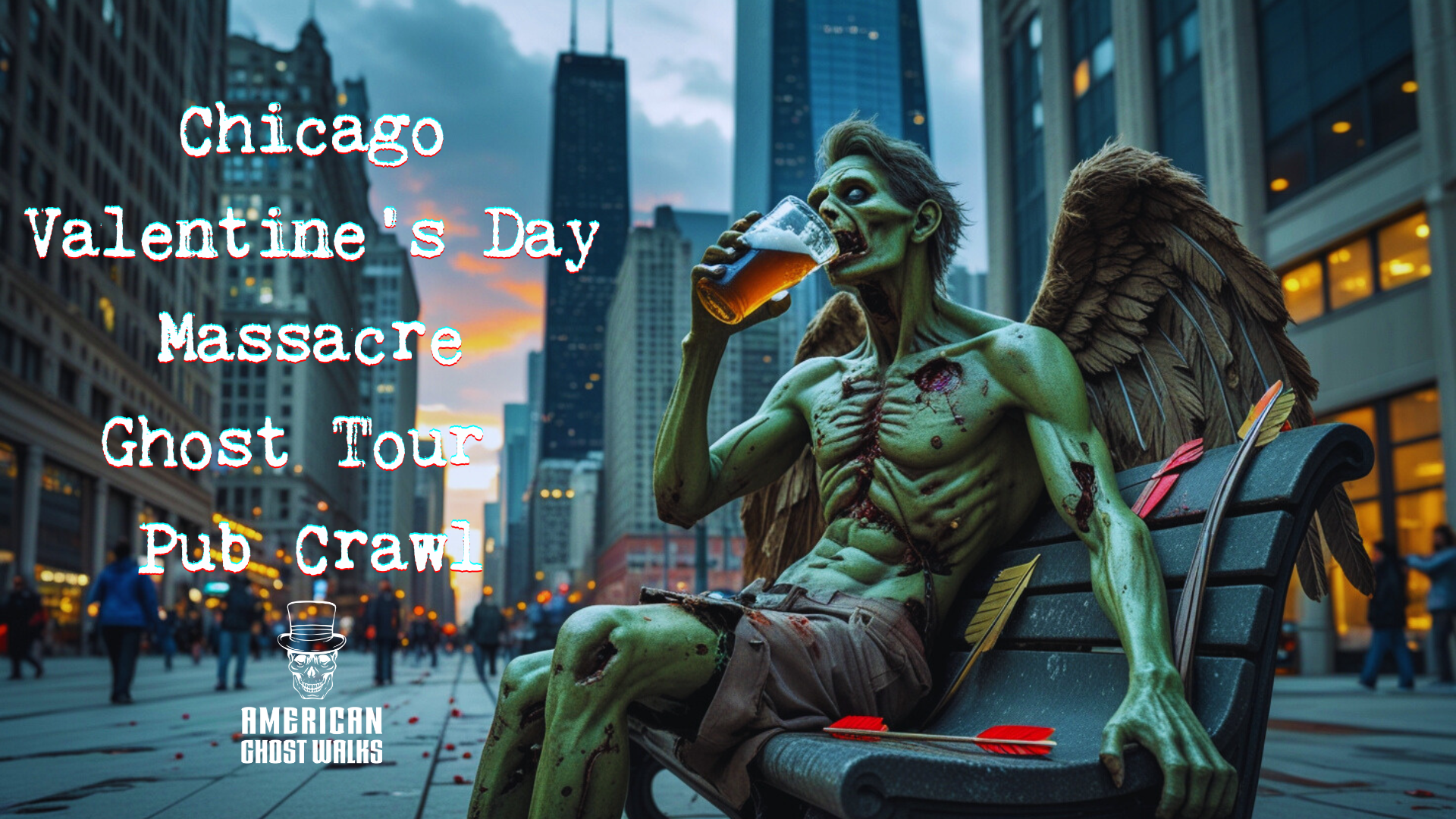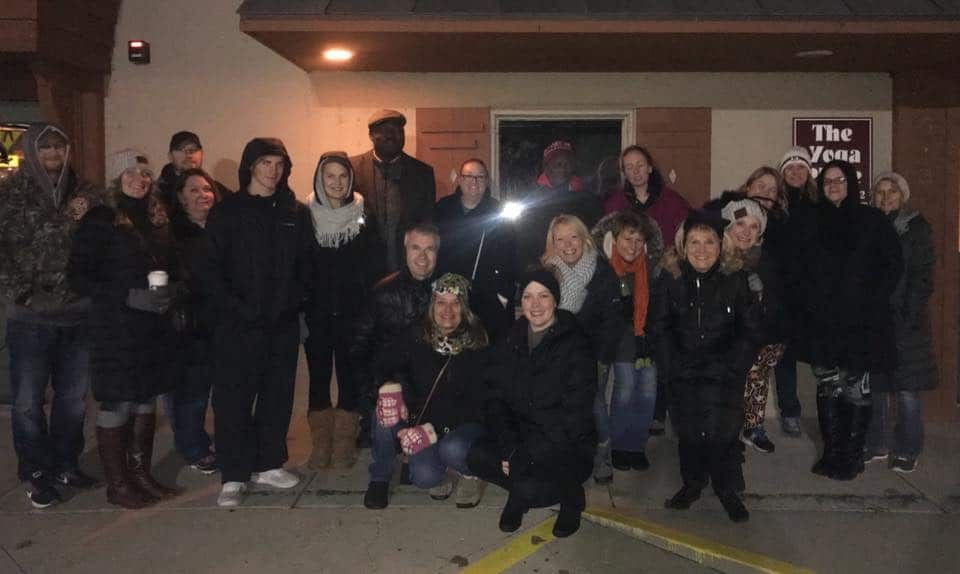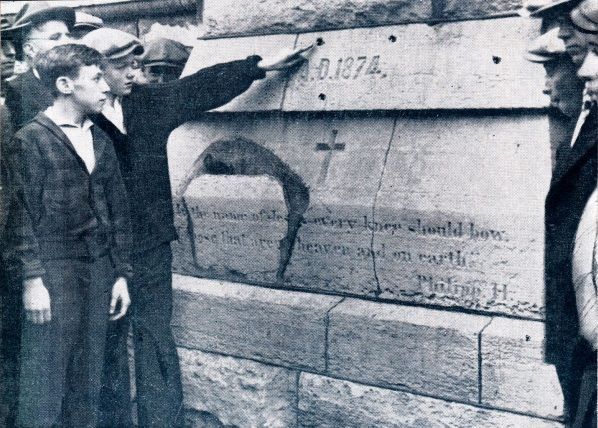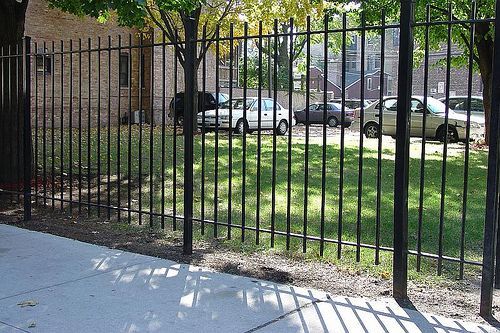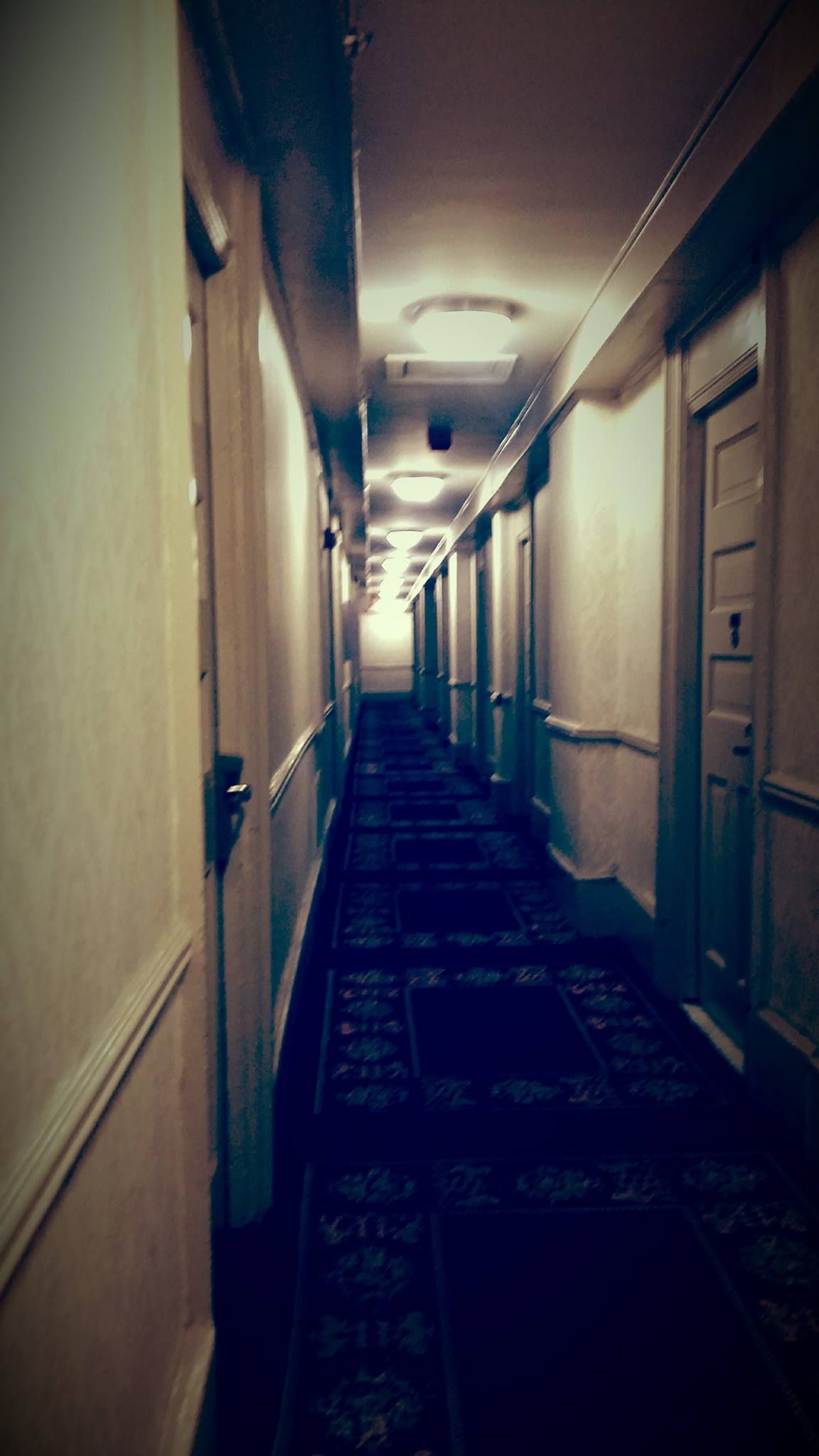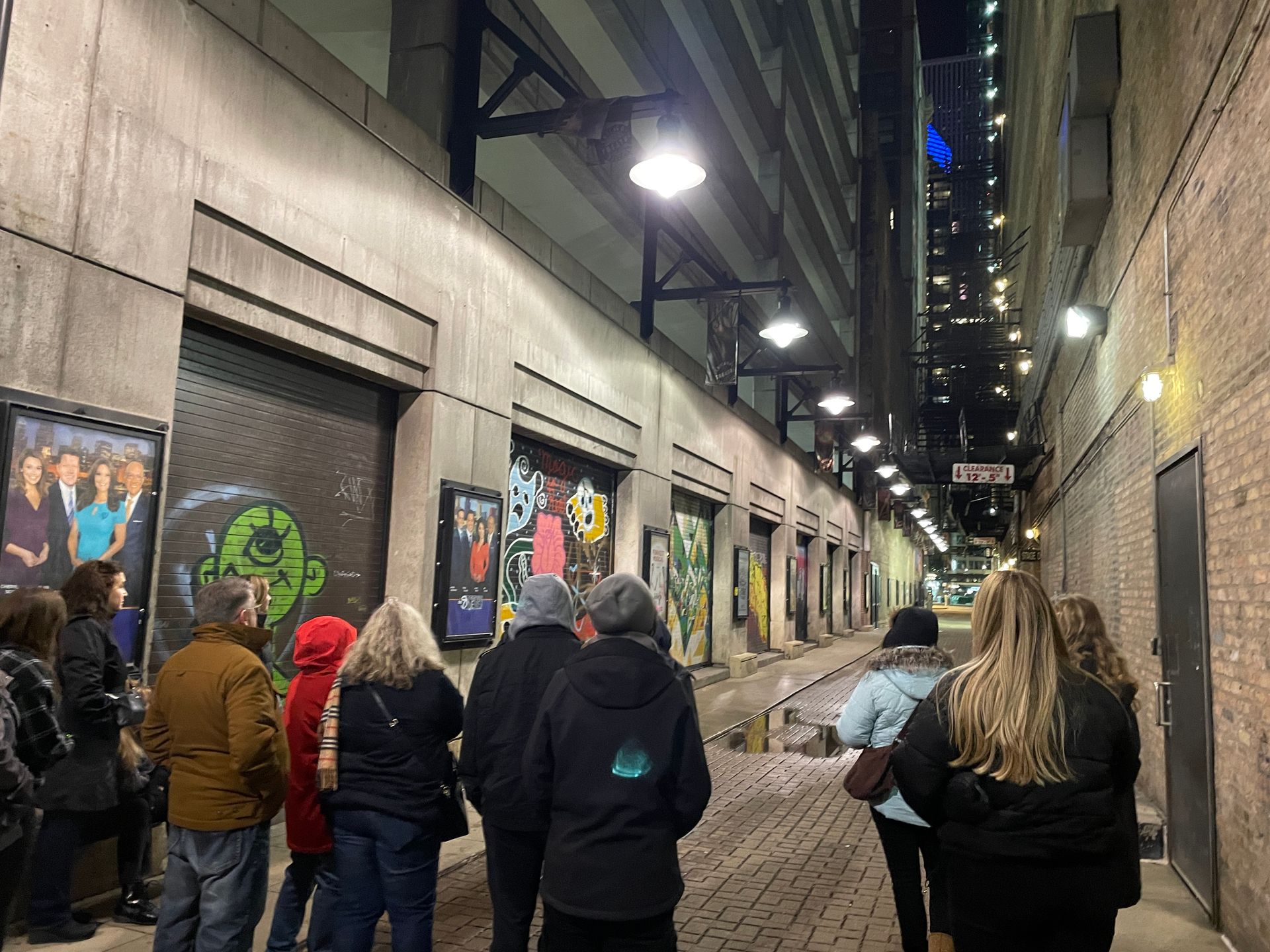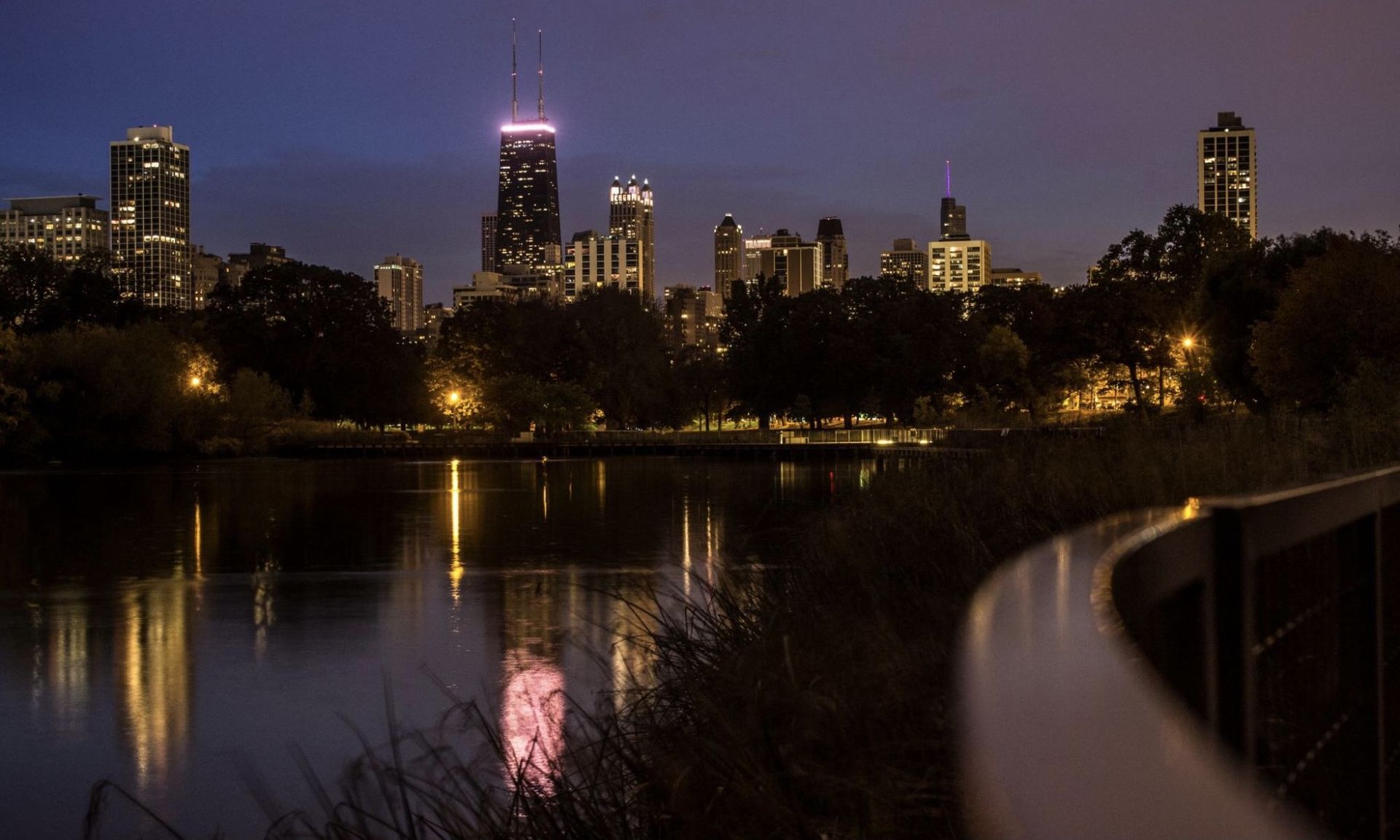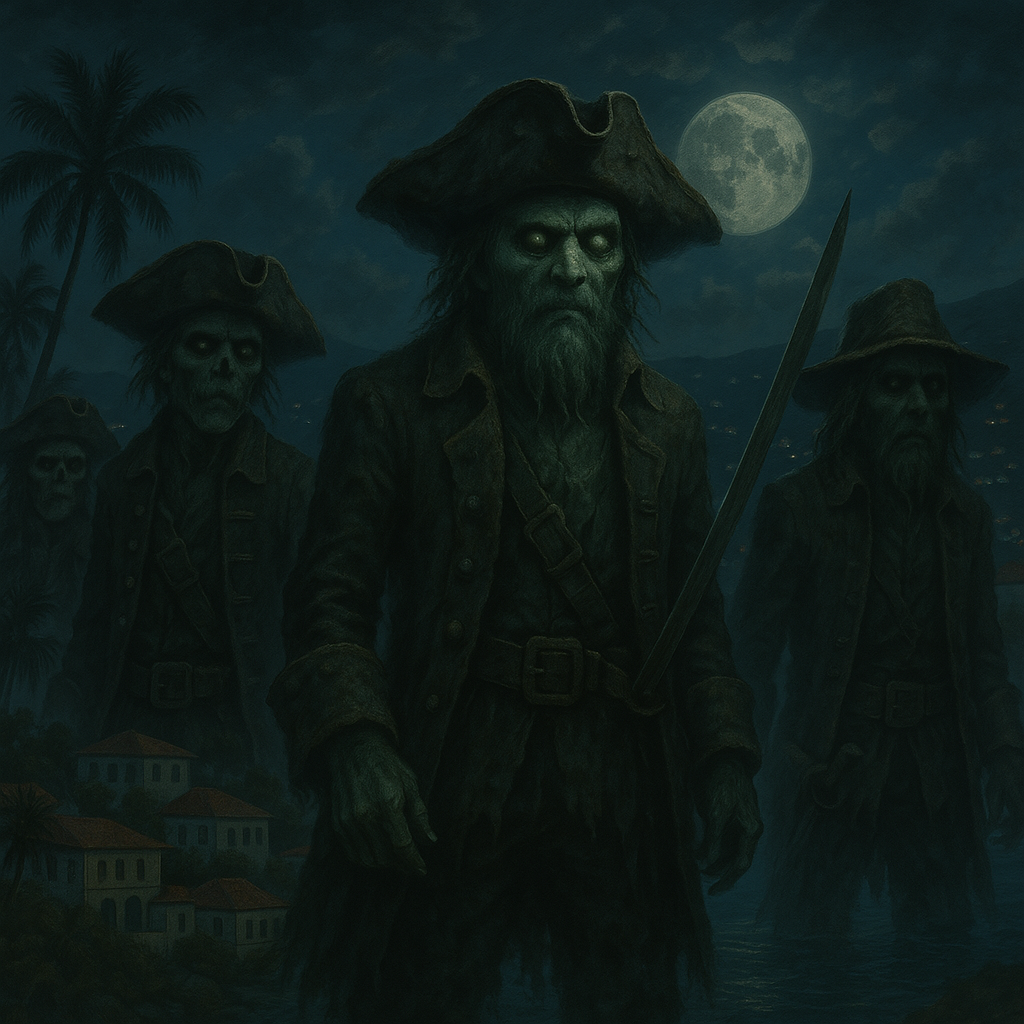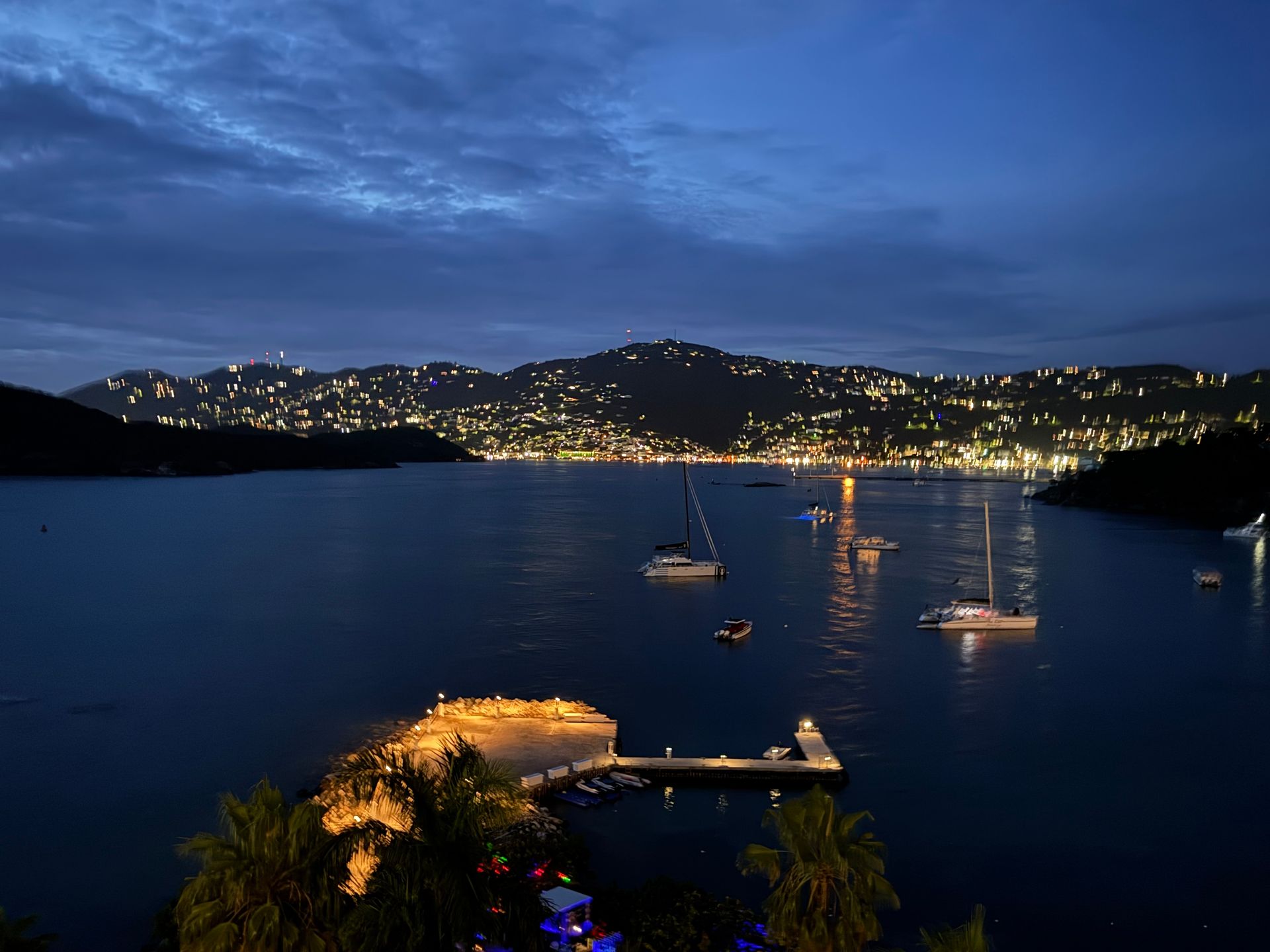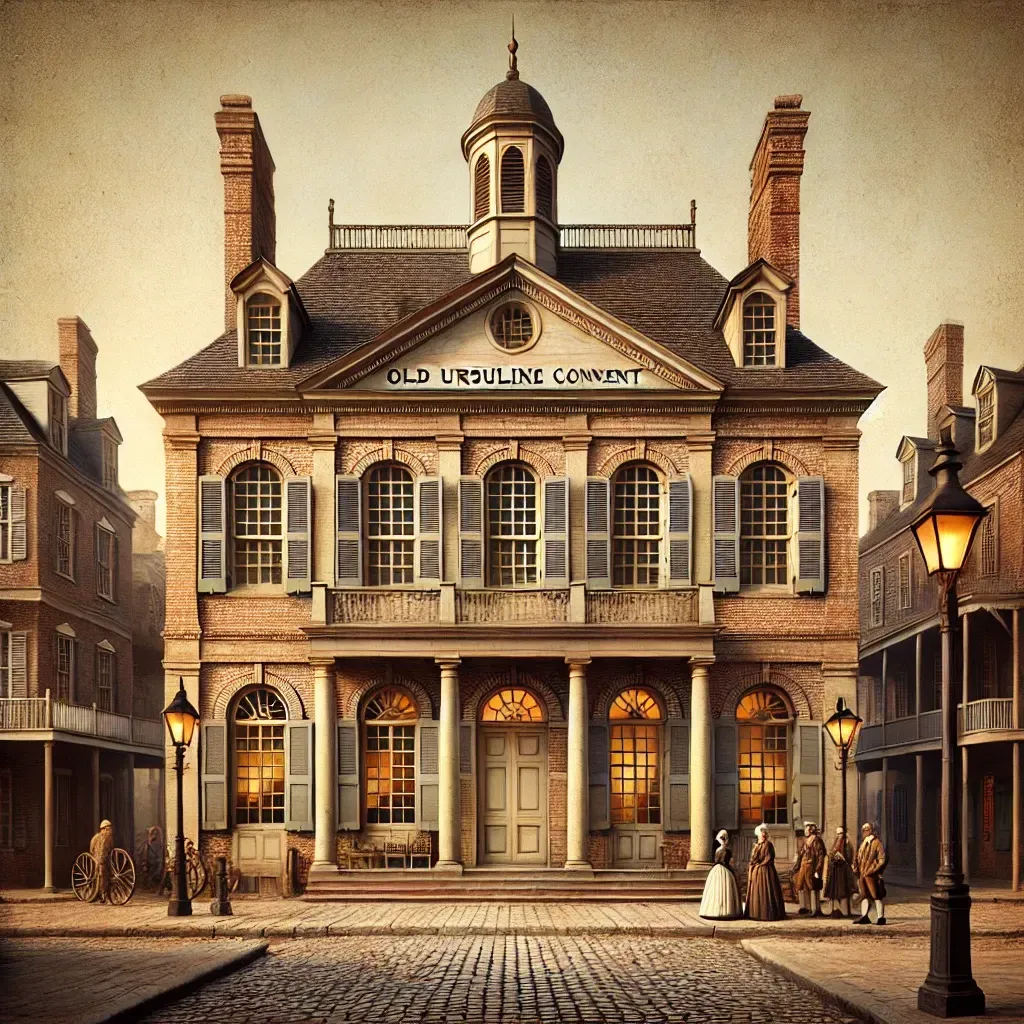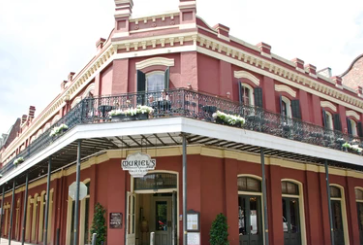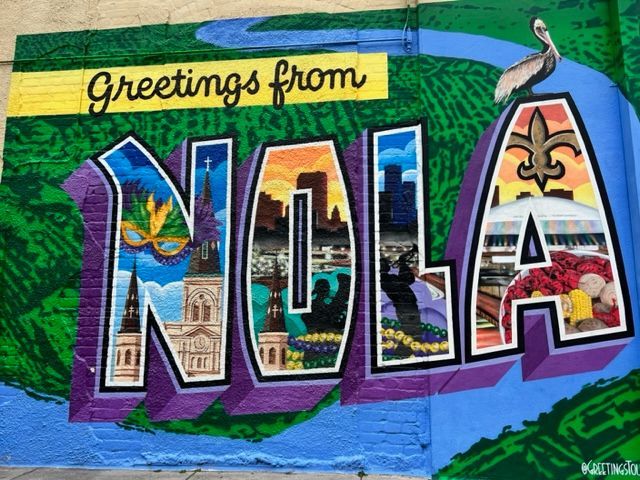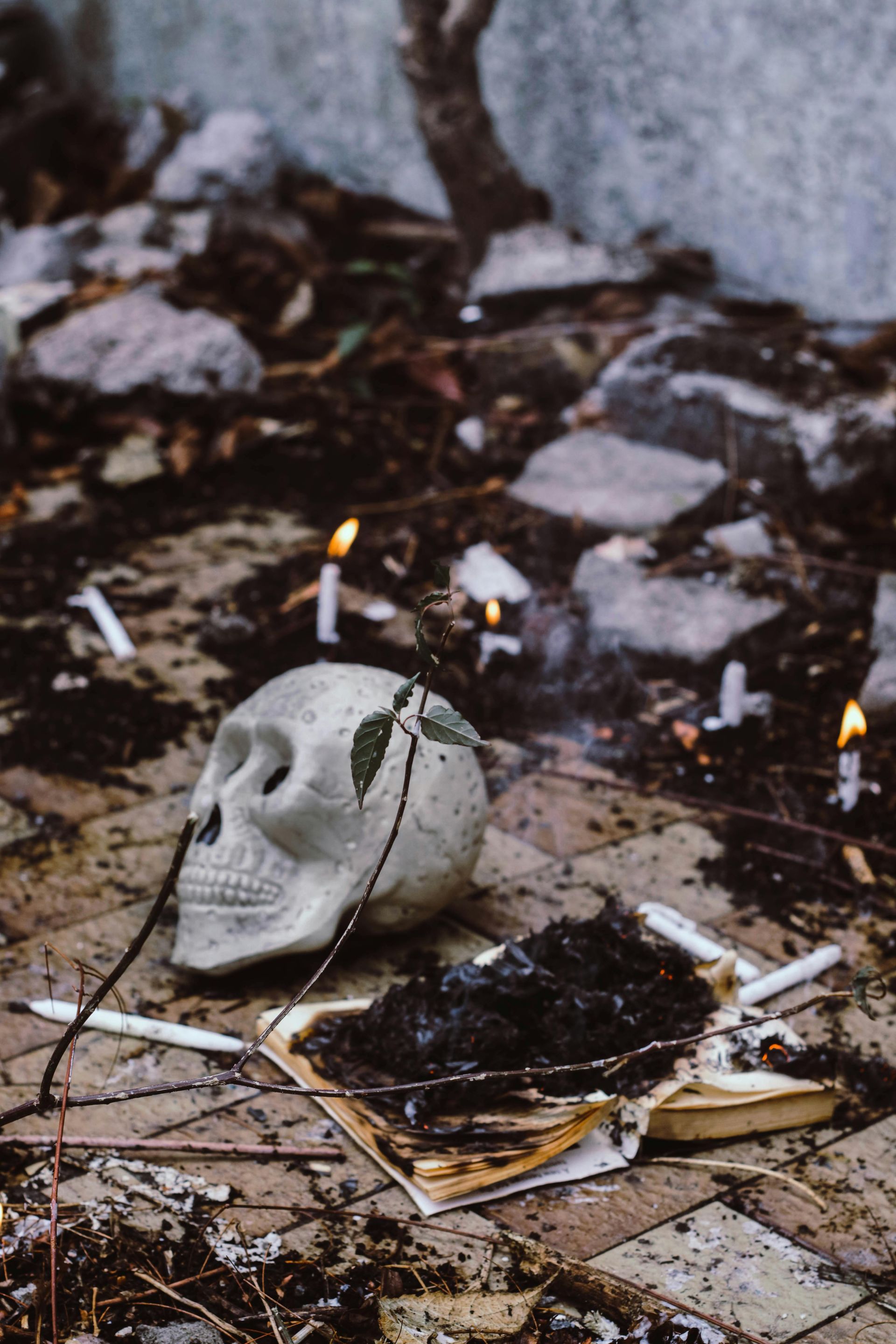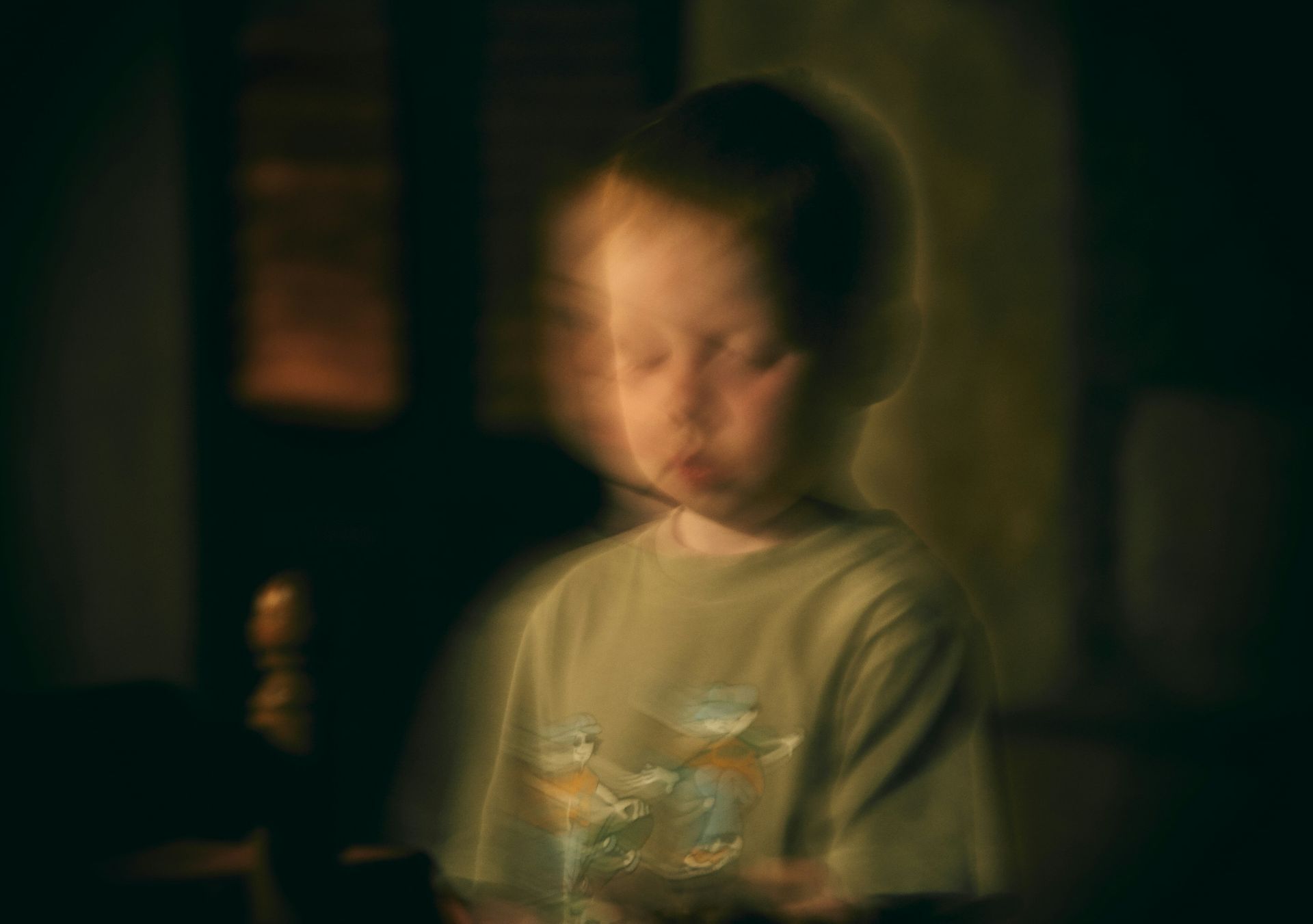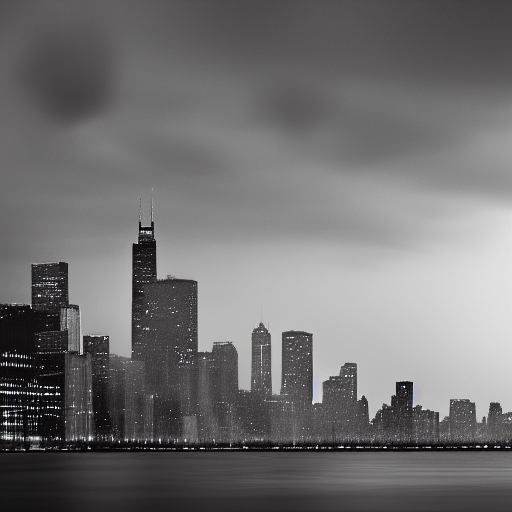Gangsters & Ghosts: Chicago's Top 5 Haunted Mobster Sites
Mobsters like Johnny Torrio and Dion O’Banion, Bugs Moran, and—most famous of all—Al Capone, thrived during the Prohibition era, as they did battle with rivals for control of “turf” in the beer and liquor wars of the 1920s. However, though the Volstead Act was eventually tossed, the deadly gangland era has never quite left the city. While Mayor Richard J. Daley had the city raze many of the buildings associated with these dark figures in our history, the gangsters who frequented them have not gone so easily. Even outside of Chicago, their legacy—and their ghosts—remain.
Here are the top five places in the Chicago area to find the ghosts of the city’s gangsters:
5. Bachelors Grove Cemetery
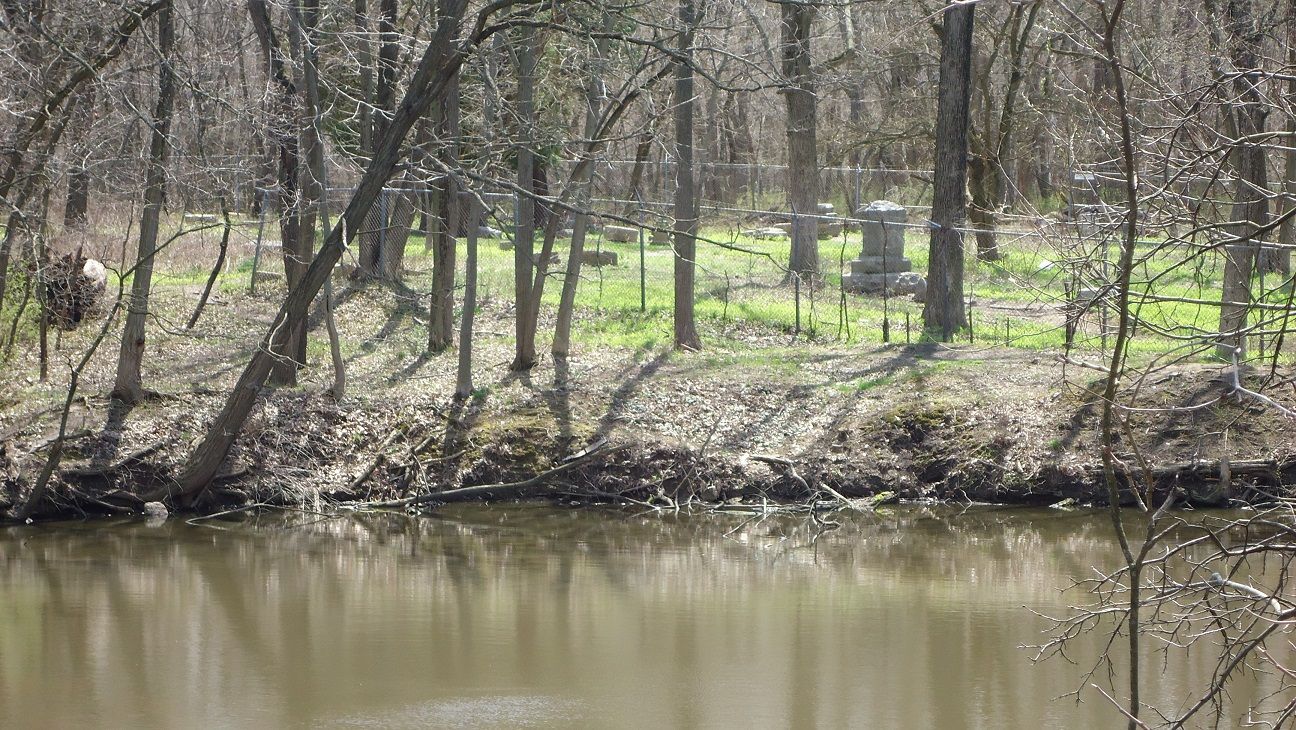
This tiny, one-acre cemetery is nestled in Everden Woods, part of the Rubio Woods Forest Preserve at 143rd Street and Central Avenue. Originally a settlers’ burial ground, the cemetery has become known as one of the world’s most haunted places. In addition to a vanishing house, a woman in white, phantom black dogs, and ghost lights, the site is known for a notorious gangland history: During Prohibition, Chicago gangsters reportedly dumped bodies in a water-filled quarry adjacent to the cemetery, jump-starting a century of haunting tales. Today, gangster ghosts are sometimes still seen climbing out of the swampy site.
4. Holy Name Cathedral
The cornerstone of Chicago’s grand Roman Catholic cathedral still bears a bullet hole from a shootout in the street that resulted in the death of Chicago mobster Hymie Weiss. Weiss had been attempting to avenge the death of the North Side Gang’s beloved leader, Dion O’Banion. On the morning of October 11, 1926, Weiss’s vendetta ended in his own death at the hands of rival Chicago gangsters. Several of the stray bullets lodged in the cathedral’s cornerstone. One of the bullet holes is still clearly visible. Claims persist that it cannot be patched; mortar refuses to dry and runs out—or pops out soon after the repair. Could the ghost of gangster Hymie Weiss be making sure we remember him and his efforts to pay back his boss’s death?
3. St. Valentine’s Day Massacre Site
This nondescript patch of grass abutting a parking lot in Lincoln Park is a point of pilgrimage for countless true crime pilgrims each year. The site of the bloodbath of February 14, 1929, is still said to bear ghostly marks of the cold-blooded killings, though the garage in which they happened is long gone. The ghostly rattle of machine gun fire, a phantom dog’s urgent bark, and dark, gangster-like figures in fedoras have all been reported here. Residents of the buildings that flank the site say that, after fresh snow, you can sometimes see the outline of seven bodies in the snow, where the bodies fell on that blustery morning long ago. See this place in person on our Original Chicago Hauntings Ghost Tour as well as the Lincoln Park Hauntings Ghost Hunt!
2. The Green Mill Cocktail Lounge
This swanky, perfectly preserved throwback to Chicago’s jazz age remains a popular Uptown hideaway for music fans, gangster buffs, and ghost hunters. The bar was reportedly Capone’s favorite lounge, and some say his figure can still be seen in a corner booth or slipping out the back door. Joining his spirit here is the ghost of gangster “Machine Gun” Jack McGurn, the tavern’s erstwhile manager. McGurn was Capone’s lead assassin and reportedly the head gunman in the St. Valentine’s Day Massacre. His ghost is sometimes still seen pouring cocktails for long-dead patrons.
1. The Congress Plaza Hotel
This stately old institution was built for visitors to the World’s Fair of 1893 and remained a busy transient and residence hotel for generations after. It is known today as one of the world’s most haunted hotels and one of Chicago’s most haunted places. It makes our list too, as part of that legacy dates to the Gangland era: Capone played cards every Friday in one of the hotel meeting rooms overlooking Michigan Avenue. Some say that the sound of a rowdy card game can still be heard from behind the locked doors late at night. Like so many events of the past, Capone's visits seem to have left an indelible impression on this notorious site.
Want more?
Read about the history and hauntings of the Prohibition era, including the story of the St. Valentine's Day Massacre, in Ursula Bielski's classic volume of Chicago ghostlore, Chicago Haunts: Ghostlore of the Windy City, available at Amazon and Chicago bookstores.
Ghosts & Gangsters: Chicago's Ultimate Mobster Haunt Tour
The Chicago Ghost Tour takes you into the haunted heart of the city's infamous mob era, where Al Capone's restless spirit and his ghostly crew still rule the night. Join our expert guides as they reveal the chilling stories behind Chicago's most notorious haunted locations, from the phantom gunfire at the St. Valentine's Day Massacre site to the mysterious card games still echoing through the historic Congress Plaza Hotel.
Check out our Chicago ghost tour reviews on Google to see why this tour is a must-experience. Ready to embrace the eerie? Reserve your spot today!
Dive deeper into the mysterious world of hauntings with our curated collection of paranormal investigations and ghostly encounters. Read more stories like this in “Ghosts of Lincoln Park: A Chicago Hauntings Companion” by Ursula Bielski, a book of downtown Chicago ghost stories written by our own American Ghost Walks team. Click here for more.
Dive deeper into the mysterious world of hauntings with our curated collection of paranormal investigations and ghostly encounters. Read more stories like this in “The Original Chicago Hauntings Companion” by Ursula Bielski, a book of Chicago ghost stories written by our own American Ghost Walks team. Click here for more.
Are you fascinated by the supernatural and craving more spine-tingling tales? Whether you're a skeptic seeking evidence or a believer looking for your next supernatural fix; "American Ghost Books" offers everything from historical haunted locations to firsthand accounts of paranormal experiences. Each book has been carefully selected to provide authentic, well-researched stories that will keep you turning pages well into the night. Don't let your curiosity about the supernatural remain unsatisfied – explore our collection and find your next ghostly adventure today!
Find Your Next Paranormal Experience
Original Chicago Hauntings Ghost Bus Tour
Learn More